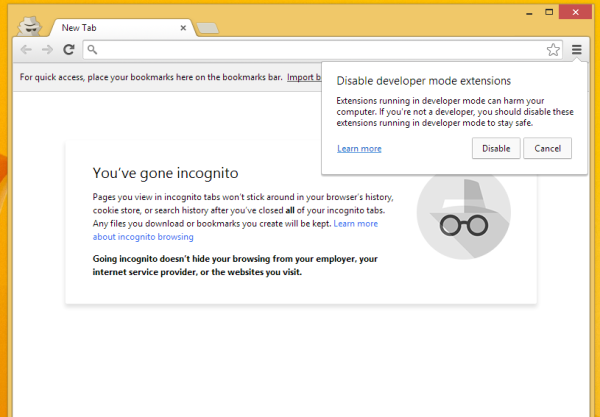I always go with the following strategy:
- Tons of public transport to ensure that local commute doesn't have to rely on cars. In general, if I start to get the feeling that I need to place a highway in the city to solve the congestion problem, then I look what route is under served by public transport.
- Buses or trams (if I want to be fancy) for shorter routes, metro for longer distances.
- Passenger trains for inter-city and longest local transport.
- Cargo trains in industrial hubs, but careful with those, as they tend to generate a lot of traffic when trucks come and go. I usually do some sort of a traffic sponge (one-way road that leads only to the cargo train station) for trucks to wait without blocking other traffic.
- I use highways sparingly and only for longer distances, like connections between cities. I try to build them outside of the city, so it would also act as a bypass - the cars which are not going into my city but through it won't generate traffic in the city itself this way.

Używałem NextCloud i dawał radę na tyle, na ile NextCloud może dawać radę (ogólnie nie jestem jego fanem, bo mam wrażenie że to straszna kobyła i próbuje mieć wszystko co tylko się da, jednocześnie każdą funkcjonalność mając jako-tako po łebkach, ale no kalendarz nie był gorszy od reszty).
https://github.com/awesome-selfhosted/awesome-selfhosted?tab=readme-ov-file#calendar--contacts - tutaj jest kilka ciekawych sugestii, ale żadnej nie testowałem.